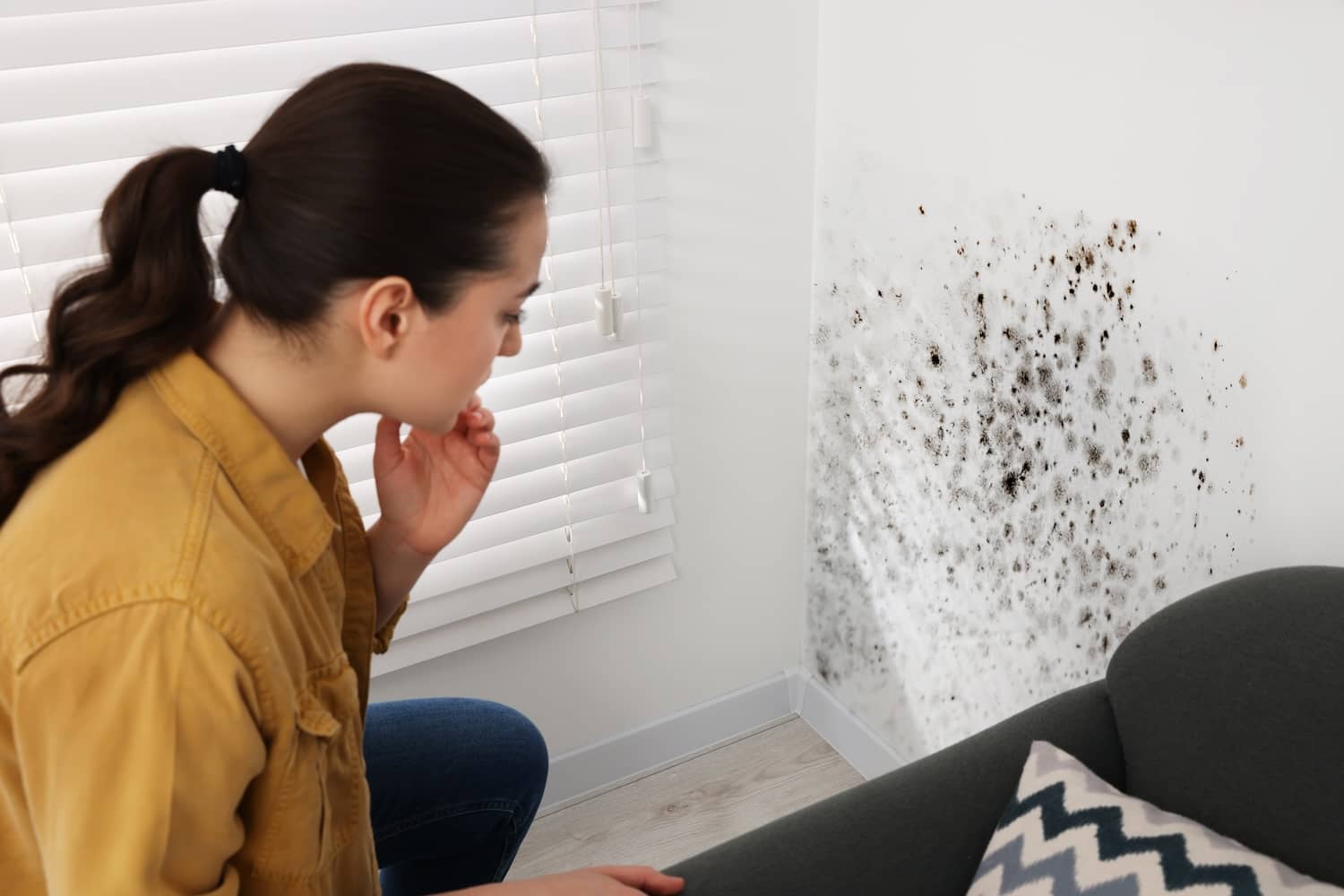
Mold is a common fungal invader that can infiltrate homes unseen, leaving unpleasant smells and potential damage in its wake. Its stealthy spread is a nightmare for homeowners, renters, and real estate agents alike. In addition to visible destruction, mold also raises doubts about the safety of the spaces where we spend most of our time. But beyond its known effects, an important question lingers – can mold cause cancer? If you’ve wondered about the connection, you’re not alone – read on to explore the answers together.
What is Mold and What Are Its Health Effects?
To understand if mold can lead to cancer, it’s essential to first know what mold is and the health issues it may create. Mold, a type of fungus, thrives in damp, dark settings both indoors and out. It reproduces by dispersing microscopic spores into the air.
One notorious mold variety is Stachybotrys chartarum or black mold, which is linked to serious health problems because of the mycotoxins it produces. Being aware of black mold is vital since professional help is required for its removal and handling.
Exposure to mold, especially black mold, can lead to various health issues, particularly for those with allergies or respiratory conditions. Common symptoms include sneezing, coughing, wheezing, stuffy nose, and skin irritation. In severe cases, mold exposure may trigger asthma attacks or worsen existing breathing problems. However, most molds are not carcinogenic, although black mold can cause complications due to its toxic nature.

Does Mold Exposure Directly Cause Cancer?
While certain molds like black mold produce toxins called mycotoxins, scientific evidence does not link mold exposure alone to cancer. Extensive research finds no direct causal relationship between mold and cancer.
However, long-term exposure to specific mold varieties, especially black mold, may weaken immunity over time. This can increase susceptibility to infections and potentially raise cancer risk indirectly. Additionally, inhaling mold spores can irritate the airways, possibly impacting existing respiratory diseases and contributing to cancer-related issues.
How to Minimize Mold Exposure
Although studies have yet to prove a direct mold-cancer connection, taking precautions to reduce mold exposure is vital for a healthy living space. Here are some practical tips to employ:
- Ensure proper ventilation with exhaust fans, open windows, and dehumidifiers to prevent moisture buildup and discourage mold growth.
- Fix water leaks and plumbing problems quickly since mold thrives in dampness. Regularly check your home for signs like water stains or musty smells.
- Keep indoor humidity below 50% using ACs or dehumidifiers in humid climates/seasons. This helps inhibit mold growth.
- Use adequate insulation to prevent condensation and moisture accumulation on walls, ceilings and floors.
- Clean and disinfect mold-prone areas regularly with mold-resistant products. Focus on bathrooms, kitchens, and basements.

Other Recommended Maintenance
In addition to mold prevention, staying on top of other maintenance tasks ensures a safe, comfortable home. Routinely inspect and repair your roof, gutters, and downspouts to avoid water damage. Check the foundation for cracks that could lead to moisture issues. Pest control is also key since pests can cause damage and unhealthy conditions.
When to Call a Professional
If you discover or suspect a mold issue despite preventive efforts, it’s time to contact a professional. They can thoroughly inspect and suggest a remediation plan. Also, consider hiring a professional home inspector to check for mold and other problems before buying or selling property.
Mold professionals use various removal methods depending on the type and extent of infestation. Understanding the techniques, pricing, and duration helps make informed choices when hiring for mold problems. Costs can range from $500 to over $6,000 based on location and method used, with remediation typically taking 1-5 days.
Common Professional Mold Removal Techniques
- Manual removal: Traditional method that eliminates contaminated materials and cleans/disinfects remaining surfaces. Quicker option.
- Dry ice blasting: Uses dry ice to freeze and remove mold. Faster, less invasive, but more expensive than manual removal.
- Media blasting: Blasts affected areas with materials like baking soda to eliminate mold. Effective for severe cases but messy.
- Chemical remediation: Employs EPA-approved chemicals to kill and remove mold. Quicker but not suitable for those with chemical sensitivity.
- HEPA vacuuming: Captures airborne and surface mold spores. Often a final cleaning step after other methods.
Conclusion
While the jury is still out on mold being able to directly cause cancer, minimizing exposure is prudent for a healthy living space. However, if you suspect a mold issue, take action right away. Contact a professional like Atkinson Inspection Services for a thorough inspection and recommendations to restore a safe, comfortable home environment.



